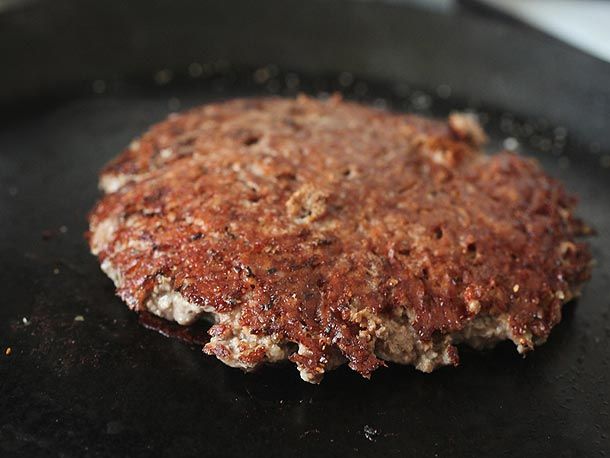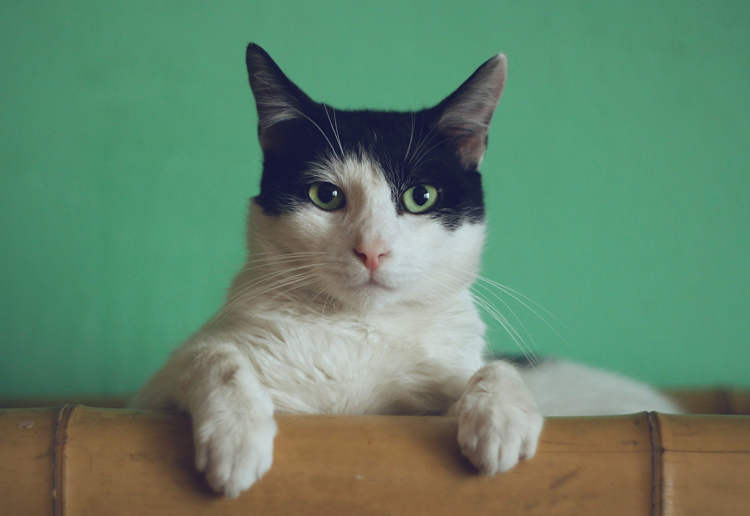The beginning of December each year sees the transformation of Rynek Główny (Main Market Square) in the Polish city of Krakow, into a beautiful Christmas market. Arts and crafts, ceramics, sweets and more are put up for sale. Excellent food in the form of grilled oscypek cheese and Polish wine are available too.The szopka, a crèche competition, is of course the major event.
On the first Thursday of December, crèche masters from around Poland and other parts of the world display their szopki at the history museum in the Krzysztofory Palace. The winning models are placed on display throughout the Christmas season. The szopka is a traditional Polish folk art that has its origins in the Middle Ages. The tradition is a rich and colorful one, having evolved over the ages. The szopki depict the Wawel Cathedral, which is a part of Krakow’s Wawel Castle with a Nativity scene set inside its doors. Some of the models are as small as 6 inches while others are around 6 feet high.

Photo © Lukasz Zoladz
The words szopka (crèche) and jaselka (nativity play) are something special to the people of Poland. While the Christmas crèche is something all Christians are familiar with, it is the Polish that identify with the szopka. Said to have originated with St.Francis of Assisi who was the first to set the Nativity tableau in 1223, the Franciscan monks brought the custom into Poland in the 13th century. The earliest of manger scenes were simple and portable, the first-ever being in St. Andrew’s church in Krakow. Slowly, monks took part in the nativity scenes themselves, and the only figurines used were those of animals and the infant. A living nativity was developed.

Photo © jnowak64
As the szopka evolved, dialogue was introduced and peasants, students and artisans began taking the place of the monks. To bring in a national color, historical figures from local legends were added to the scenes. Many other Biblical figures like King Herod and the Holy Family started making appearances too. By the eighteenth century, the figures had become movable, with stick puppets and string marionettes being introduced. While all this was taking place at Church, the excitement had gotten out of hand as decided by the Bishop Teodor Czartoryski, who banned the plays from churches in 1736. Only immobile scenes were permitted in church, the live puppet shows being passed down to the people. This was the beginning of the szopka as it is known today.

Photo © jnowak64
After undergoing several other transformations, and even being completely banned during the World War I, the tradition was revived again in 1923 in the city of Krakow. The decaying tradition was finally salvaged when the city’s municipal authorities announced the very first competition in December 1937. The competition has now become a holiday tradition every year, with a huge number of participants.

Photo © jnowak64

Photo © jnowak64

Photo © jnowak64






